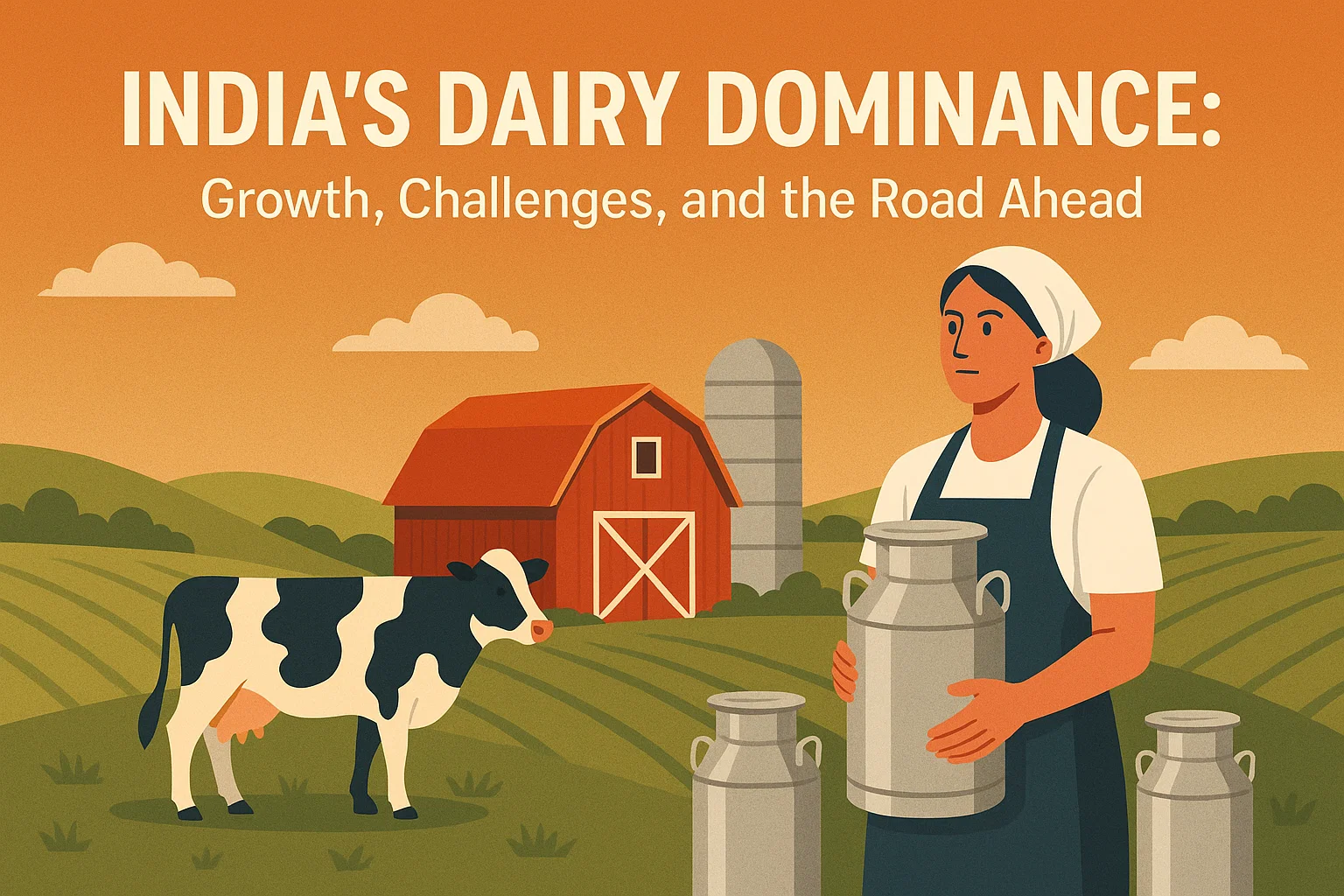Font size:
Print
The Future of NASA’s Carbon-Monitoring Satellites
An eye on CO2 from space could soon shut: why this matters
Context: The Trump administration reportedly asked NASA to prepare for the shutdown of two major satellites — OCO-2 and OCO-3 — that monitor atmospheric carbon dioxide (CO₂) and crop health.
What are Orbital Carbon Observatories (OCOs)?
Orbiting Carbon Observatories (OCOs) are a series of NASA satellite missions designed to measure atmospheric carbon dioxide (CO₂) from space with high precision and resolution.
- OCO (2009): The first satellite failed to reach orbit due to a launch vehicle malfunction.
- OCO-2 (2014): Successfully launched as a replacement, it tracks CO₂ levels and identifies sources and sinks of emissions.
- OCO-3 (2019): Installed on the International Space Station, it complements OCO-2 by observing Earth at varying times of day.
Why are OCO Missions important?
- Provide global CO₂ data: Unlike ground-based stations, OCO satellites offer comprehensive coverage of the planet.
- Identify carbon sources and sinks: They help pinpoint where CO₂ is being emitted (e.g., cities, power plants) and absorbed (e.g., forests, oceans).
- Advance scientific knowledge: OCO-2 revealed that boreal forests play a larger role in CO₂ absorption than previously thought.
- Support agriculture: Data is used to monitor crop health, forecast yields, and track drought conditions.
- Inform policy: Helps governments and organisations assess the effectiveness of emission reduction strategies.
How does OCO Missions help in mitigating climate change?
- Monitoring & Accountability: Track CO₂ emissions from cities and industries, enabling better enforcement of climate agreements. Validate national and regional carbon inventories, essential for transparent climate reporting.
- Data for Decision-Making: Provide real-time data for climate models, improving predictions of future climate scenarios. Help policymakers design targeted interventions based on regional emission patterns.
- Ecosystem Insights: Detect changes in carbon sinks due to deforestation or drought, allowing for timely conservation efforts. Monitor vegetation response to climate stress, aiding in ecosystem resilience planning.
- Technological Innovation: Enable “top-down” emission estimates from space, complementing traditional “bottom-up” ground measurements.


